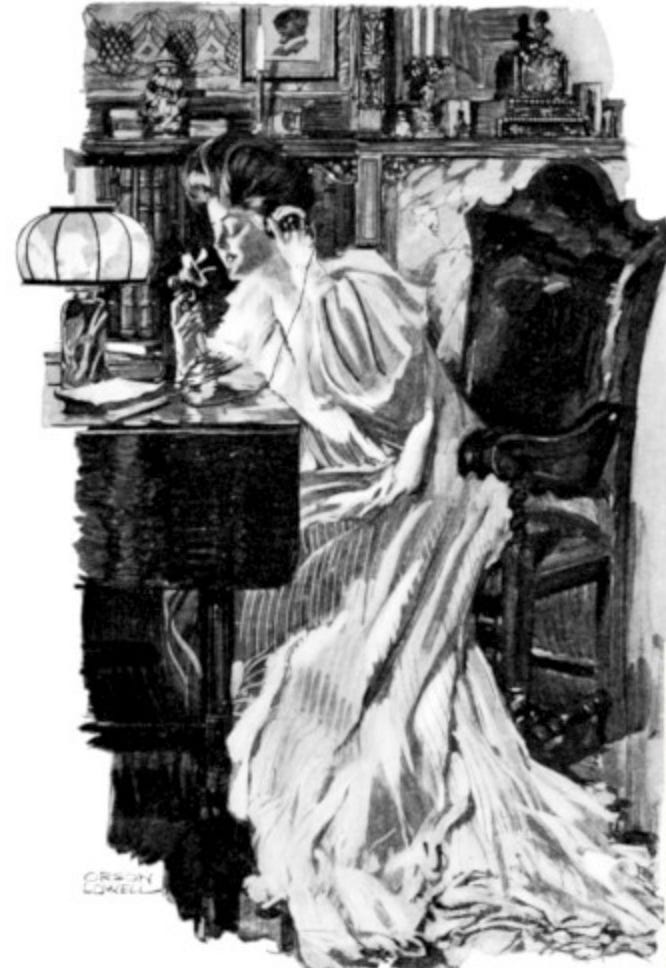The Ideology of Affluence
America’s Top Five Percent (Class Series, Essay 7)
“Every class lives by a lie of its own invention.” — José Ortega y Gasset
A New Tier
Every society requires its upper tier to tell a story about itself. The story is not merely ornamentation but necessity: without a narrative of legitimacy, advantage collapses into naked privilege, and privilege invites revolt. In the United States today, that narrative i…



